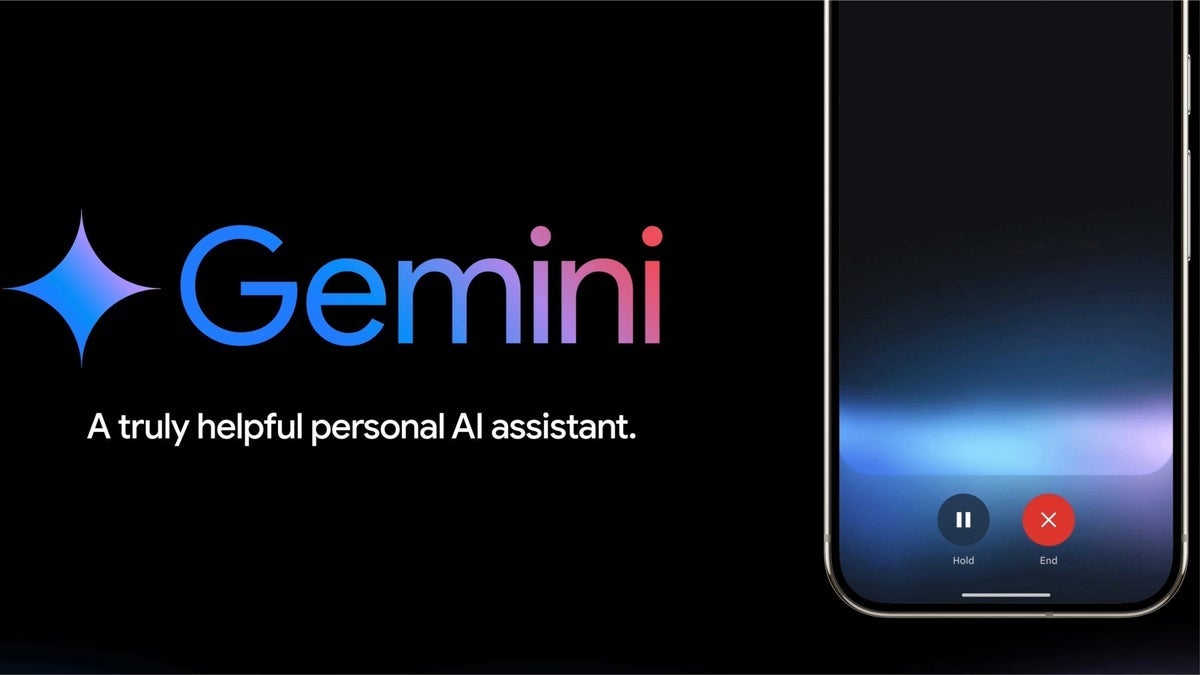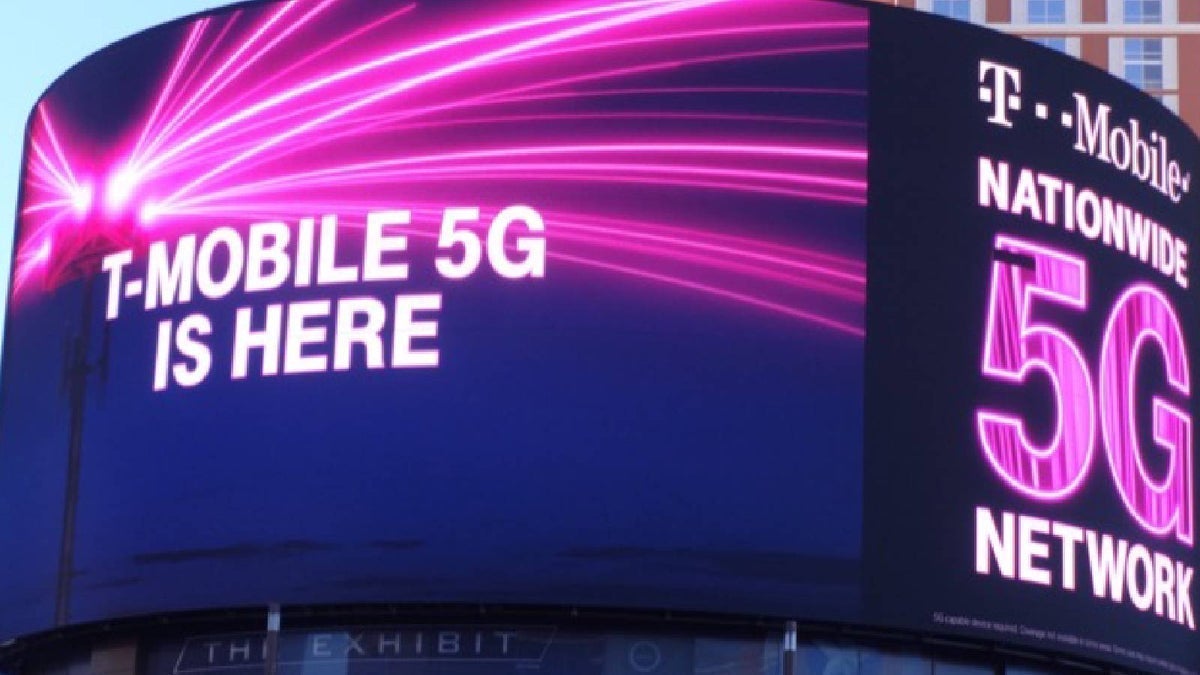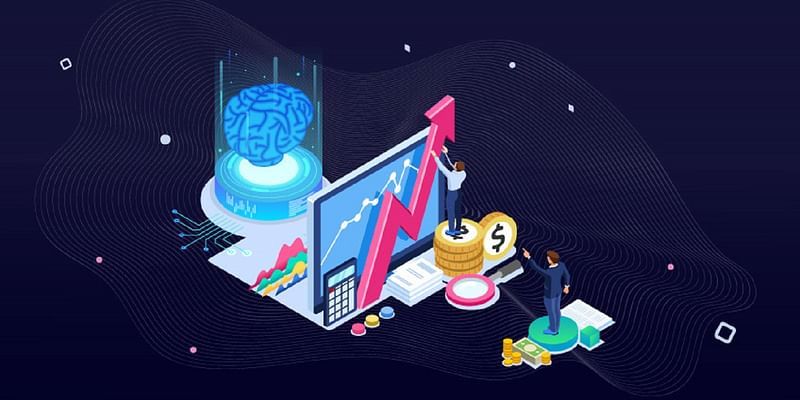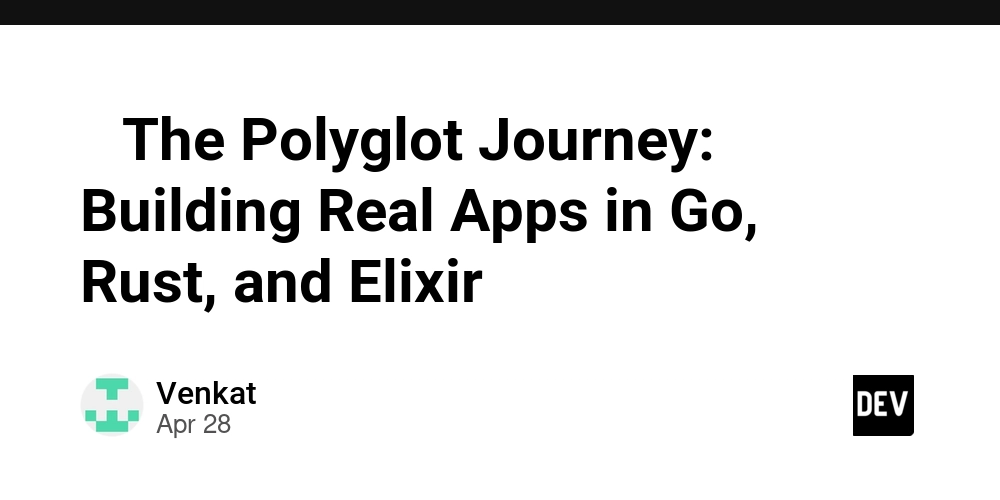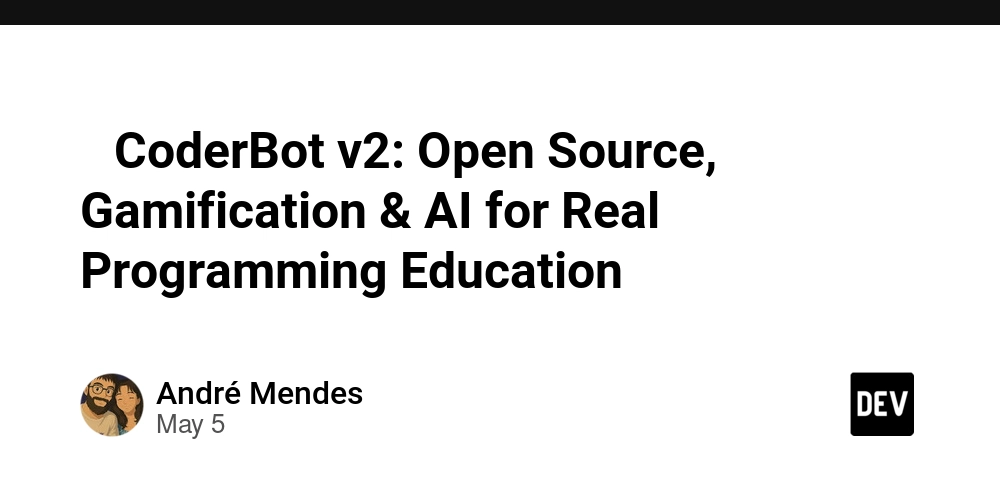How Customizable Agentic Systems Are Revolutionizing Business Operations
Artificial intelligence (AI) has become ubiquitous. In the heart of Utah, OP Media Inc. has completed successful pilots, using AI to redefine information and process flows in healthcare and emergency services. OP Media uses an AI, dubbed AiBL core (pronounced Abel), to achieve these incredible feats. AiBL works by taking advantage of human knowledge within your business or organization (subject matter experts, or SMEs). AiBL core is a wonderful example of what has come to be known as agentic AI. Agentic AI systems “learn,” “grow,” and eventually make decisions with little human input. Your staff and team members contain a wealth of knowledge that could easily get lost if not well documented and shared. OP Media helps you create ops (not apps)—operational procedures that allow your team to document processes in real time and share them simply via URLs or QR codes. You can deploy AiBL core in your organization, and it’ll learn both from existing knowledge and SMEs. In this article, we explore agentic AI and compare it with its more popular counterpart, generative AI. We then look at how customizable agentic AIs, like AiBL, are transforming business processes. We also showcase AiBL customers who are successfully using OP Media’s solutions. Ultimately, we delve into the competitive advantage of organizations using customized AI agents. Agentic AI versus Generative AI All the jargon around AI can be perplexing. As a business leader, all you need are solutions that can help you achieve your goals. You don’t need to be bogged down with all the geekspeak. However, understanding different AI aspects can help you narrow down the solutions that are best suited for your business. Generative AI Generative AI (GenAI) is able to create text, data visualizations, and images based on “seeing” lots of similar data. The technology that powers GenAI is known as large language models (LLMs). These models are able to analyze large volumes of data, usually from the internet, and identify patterns, which they then use to create new text and visualizations. Some popular GenAI products built on LLMs include ChatGPT, Gemini, Claude, Grok, and Llama. GenAI use cases GenAI solves real problems across industries. Volkswagen, for example, has created a GenAI system that allows drivers in the United States to study vehicle owner’s manuals and ask questions to better understand their owners’ cars. Another company creates “smarter” billboards. These billboards display localized ads that update in real time based on available data. Agentic AI Agentic AI, on the other hand, is able to make decisions on behalf of a human. It has agency, like the name suggests. That might sound scary, but it only means that the AI takes steps based on the data it analyzes and the patterns it identifies. AI agents Agentic AI takes advantage of AI agents. An AI agent is a specialized software system. For example, a customer service AI agent knows how to respond to customer questions because they have studied copious amounts of customer queries and responses. AI agents are able to learn from contexts. For instance, they can learn from their interactions with human customer service representatives. They can learn how humans respond and incorporate that into their “knowledge repertoire.” LLMs, agentic AI and GenAI Agentic AI is similar to GenAI, as they are powered by the same technology, LLMs. However, a human must prompt Gen AI to determine its next course of action. Agentic AI is able to make a decision based on what it already knows. For example, if an AI agent is unable to resolve a customer complaint, it can refer the customer to the appropriate person, summarize previous interactions, and add relevant documents, making it easier to pick up from where the agent left. Even if generative AI is more popular when compared to agentic AI, the latter can be highly customizable, as it can learn even from humans. This capability makes it a splendid option for business solutions requiring some degree of autonomy. Human on the loop It’s important to note that you can have a human review the decisions made by Agentic AI (known as a “human on the loop”). This way, any mistakes made can be noted and used to further streamline your AI agent’s data. When they become "stuck," AI agents could also turn to a human for "help." In this way, they can be considered junior employees who learn from seniors. AI agents in tandem Another intriguing aspect of agentic AI is that multiple AI agents can work in tandem, further streamlining the “decision-making process.” Agentic AI is still in its early stages. There is still so much more it can accomplish in the near future. How customizable agentic systems like AiBL are transforming operations Afu is OP Media’s CEO and founder. He has had a career spanning three decades in operations. Afu refers to the type of
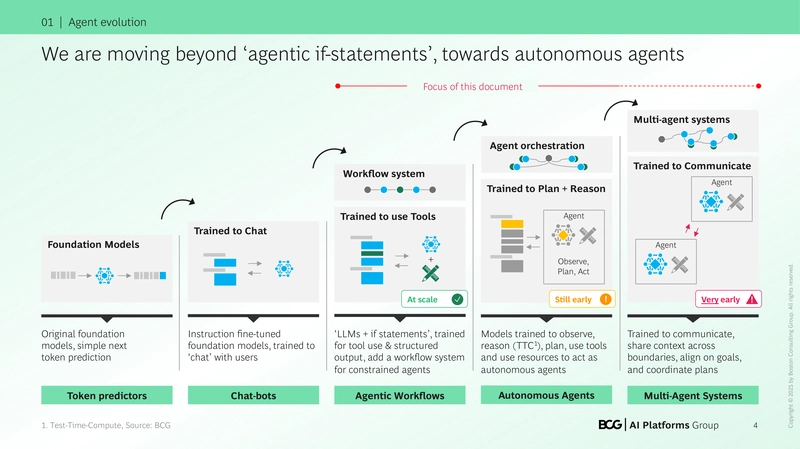
Artificial intelligence (AI) has become ubiquitous.
In the heart of Utah, OP Media Inc. has completed successful pilots, using AI to redefine information and process flows in healthcare and emergency services.
OP Media uses an AI, dubbed AiBL core (pronounced Abel), to achieve these incredible feats. AiBL works by taking advantage of human knowledge within your business or organization (subject matter experts, or SMEs).
AiBL core is a wonderful example of what has come to be known as agentic AI. Agentic AI systems “learn,” “grow,” and eventually make decisions with little human input.
Your staff and team members contain a wealth of knowledge that could easily get lost if not well documented and shared.
OP Media helps you create ops (not apps)—operational procedures that allow your team to document processes in real time and share them simply via URLs or QR codes.
You can deploy AiBL core in your organization, and it’ll learn both from existing knowledge and SMEs.
In this article, we explore agentic AI and compare it with its more popular counterpart, generative AI. We then look at how customizable agentic AIs, like AiBL, are transforming business processes.
We also showcase AiBL customers who are successfully using OP Media’s solutions. Ultimately, we delve into the competitive advantage of organizations using customized AI agents.
Agentic AI versus Generative AI
All the jargon around AI can be perplexing. As a business leader, all you need are solutions that can help you achieve your goals. You don’t need to be bogged down with all the geekspeak.
However, understanding different AI aspects can help you narrow down the solutions that are best suited for your business.
Generative AI
Generative AI (GenAI) is able to create text, data visualizations, and images based on “seeing” lots of similar data.
The technology that powers GenAI is known as large language models (LLMs). These models are able to analyze large volumes of data, usually from the internet, and identify patterns, which they then use to create new text and visualizations.
Some popular GenAI products built on LLMs include ChatGPT, Gemini, Claude, Grok, and Llama.
GenAI use cases
GenAI solves real problems across industries. Volkswagen, for example, has created a GenAI system that allows drivers in the United States to study vehicle owner’s manuals and ask questions to better understand their owners’ cars.
Another company creates “smarter” billboards. These billboards display localized ads that update in real time based on available data.
Agentic AI
Agentic AI, on the other hand, is able to make decisions on behalf of a human. It has agency, like the name suggests. That might sound scary, but it only means that the AI takes steps based on the data it analyzes and the patterns it identifies.
AI agents
Agentic AI takes advantage of AI agents. An AI agent is a specialized software system. For example, a customer service AI agent knows how to respond to customer questions because they have studied copious amounts of customer queries and responses.
AI agents are able to learn from contexts. For instance, they can learn from their interactions with human customer service representatives. They can learn how humans respond and incorporate that into their “knowledge repertoire.”
LLMs, agentic AI and GenAI
Agentic AI is similar to GenAI, as they are powered by the same technology, LLMs. However, a human must prompt Gen AI to determine its next course of action. Agentic AI is able to make a decision based on what it already knows.
For example, if an AI agent is unable to resolve a customer complaint, it can refer the customer to the appropriate person, summarize previous interactions, and add relevant documents, making it easier to pick up from where the agent left.
Even if generative AI is more popular when compared to agentic AI, the latter can be highly customizable, as it can learn even from humans. This capability makes it a splendid option for business solutions requiring some degree of autonomy.
Human on the loop
It’s important to note that you can have a human review the decisions made by Agentic AI (known as a “human on the loop”). This way, any mistakes made can be noted and used to further streamline your AI agent’s data.
When they become "stuck," AI agents could also turn to a human for "help." In this way, they can be considered junior employees who learn from seniors.
AI agents in tandem
Another intriguing aspect of agentic AI is that multiple AI agents can work in tandem, further streamlining the “decision-making process.”
Agentic AI is still in its early stages. There is still so much more it can accomplish in the near future.
How customizable agentic systems like AiBL are transforming operations
Afu is OP Media’s CEO and founder. He has had a career spanning three decades in operations.
Afu refers to the type of AI that AiBL provides as “authentic” intelligence.
Incorporating tribal knowledge
AiBL is able to learn from front-line staff members. This characteristic is the main difference between AiBL and other agentic AI systems.
AI systems do have “a human in the loop.” LLMs, for example, have human AI trainers to help them better phrase conversations.
While AiBL can learn from organizational or business data, it is also able to learn from human SMEs. As these experts document processes, AiBL can pick up the new changes.
Understanding principles rather than just steps
AiBL can even question why the change was made, said Afu in a recent interview with Doug Jardine, Corporate Media and Communications Manager at OP Media.
Think about a child who tries to understand by asking “why” until he/she understands.
Simplifying knowledge capture and sharing
OP Media customers interact with AiBL via the OP System, a dashboard that can help you create and document processes (tagged operating procedures, OPs) in your business or organization.
Creating a process (OP) is relatively straightforward. OP Media also offers customer training to help you get on board faster.
You can then share your documented process via URL or a QR code that is scannable even with a phone.
The team receives real-time notifications when you introduce changes to your OP.
Your processes and standard operating procedures don’t have to live on PDFs that are difficult to track, manage, and update.
The OP System is a Software as a Service (SaaS) product accessible via the internet as long as you have an internet connection. You don’t need any coding knowledge to create an OP.
It comes with features like access control, so you can choose who needs to be added to an OP. You can also manage user permissions to ensure that only the correct people edit the OP when needed.
The OP system logs all data, which is helpful in understanding how your team is interacting with OPs. You can spot where staff is struggling and further streamline onboarding.
Meeting diverse security and compliance requirements
You can deploy AiBL within your own business infrastructure as well, running it completely on-prem. This feature gives you full control of your data and helps you comply with regulations.
OP Media has partnered with VirnetX, giving you an extra layer of security. VirnetX is a strategic and leading security solutions provider helping you run your on-prem solutions with the utmost security.
OP Media’s goal is to help companies, businesses, and organizations streamline their processes. You know your business and its processes. OP Media just provides the tech you need.
Real-world applications featuring OP Media customer case studies
The possibilities presented by agentic AI may seem akin to science fiction. It might be difficult to imagine any real-world applications.
OP Media is leading the way in providing the technology and tools for some intriguing agentic AI use cases in healthcare, emergency services, and even national defense.
There have been pilots in three Utah hospitals, Davis County’s emergency department, and with the Department of the Air Force Digital Transformation Office (DTO) via the Catalyst Operator program in Ogden, Utah.
Milford Memorial Hospital, Utah
Milford Memorial Hospital, Utah, went through OP Media’s pilot process and is now an OP Media customer. OP Media helped them learn how to create OPs via weekly training.
Guy Dansie, the hospital administrator, says that the OP system has helped them document institutional knowledge from staff members that could easily be lost. With the OP system, someone else can easily find a documented process if the person who usually works on a specific task is absent.
“As you do it more, you start thinking about it, sometimes at night or sometimes when you are having a conversation with a coworker. You think, ‘my goodness!’ I need to have this process recorded somehow.
So we have this great fear of losing that knowledge, institutional knowledge.
So what the OP allows us to do is to maintain that legacy information and or if somebody comes along in an emergency or somebody's out or sick or whatever, then they can step in and open the OP and figure out how to do that job.”
Guy adds that they share knowledge, expertise, and personnel, giving an example of a seasoned nurse who created an OP for the hospital’s emergency preparedness program.
“We have to have an economy of scale with certain positions. So we do share knowledge, we share expertise, and we share personnel. So some of that, for example, our emergency management for the hospital.
We had a wonderful nurse, a very seasoned nurse who had an excellent understanding of how to develop the emergency preparedness program for the hospital in Beaver, Utah, and we were able to implement that using her OP.”
He concludes by highlighting that they discovered that there could even be more applications beyond their initial ideas. There is a learning curve, though, for the staff members to understand the OPs and use them effectively.
“I think we're only limited by our imagination. I think as we started, I realized there are more and more applications. There are more things that I didn't think of initially. The way to grow our OPs use is actually to have our staff understand what the OPs are. And that takes time. It takes an educational learning curve.”
Davis County Emergency Services
OP Media also took Ember Herrick through their pilot process. Ember leads Davis County’s emergency services in Northern Utah.
Davis County is now also an OP Media customer. Ember created an OP, which is essentially a toolkit for new emergency managers. The OP was also used to map evacuation zones for residents, and it is accessible via a QR code.
With the OP, new emergency managers can access all the information they need in one place, from a growing, up-to-date document.
Emergency plans can also be updated on the fly, allowing for a free flow of information between residents, emergency managers, and the county.
Ember is now spearheading the creation of live emergency plans for each city in Davis County. The information collected can also be useful beyond planning. It can serve as a foundation for emergency funding.
She says that she liked that the pilot was “free” and that she’s always on the lookout for new technology to improve emergency preparedness in Davis County.
“I am always looking for new technology to improve emergency preparedness in Davis County. Of course, I liked the sound of a ‘free’ pilot. I also liked the idea of being able to change a process while it's in progress because things are continually changing in a disaster.”
Ember also shares how using outdated documentation impacted reimbursement after a natural disaster and how difficult it was to update the documentation.
“For example, after the 2020 windstorm that impacted Davis County public works staff began removing fallen trees from county property. Staff was documenting damages using preliminary damage assessment forms from 2011 when the last windstorm hit.
Several weeks into the cleanup process FEMA notified us that we needed to use updated forms with some additional questions. It was a hassle to get the forms switched out to all staff and communicate to them why the change was happening, this led to incomplete documentation that impacted the amount of reimbursement the county was able to recover from FEMA.”
Ember added that, with OP media’s OPs, she could share a QR code in the wake of a disaster with a documented damage assessment process. She could also make updates and share them immediately with all necessary parties.
“I was intrigued by the idea that I could share a QR code with public works in the immediate aftermath of a disaster with a predetermined damage assessment process in place and required fields in a survey. If additional questions needed to be added to the survey during the recovery I could make the update in OP Media and as soon as I published the changes, all public works staff would immediately have the latest version on their phone.”
The Department of the Air Force (DAF)
In 2023, OP Media was one of the businesses selected to solve a DAF challenge, which involved streamlining certification processes.
The DAF collaborates with the Catalyst Accelerator in Ogden to provide opportunities for technology companies to showcase and potentially provide national defense solutions.
OP Media is currently working on a pilot with defense-based companies that resulted from this opportunity.
As you can see, the possibilities are endless. As long as there is a process, OP Media can come in to help streamline and optimize it. It doesn’t matter whether that’s construction, defense, or healthcare.
Best practices for leveraging knowledge from subject matter experts
Ember and Guy are excellent examples of internal subject matter experts (SMEs) within an organization. SMEs are invaluable as they have institutional knowledge gained over time working for the company. They are good at their jobs and understand what works best for the business or organization.
A crucial part of optimizing processes in an organization is having the right people. SMEs can come in with their expertise to help you create and optimize processes, which you can then document via an evolving OP.
How do you identify potential SMEs in your company? How do you approach them to help with the goal you intend to achieve?
Remember they already have other work priorities. Let’s find out how you can identify and work with SMEs in your business.
Define the goal you want to achieve
Defining what you want to achieve helps you find the right SMEs to work with. Your goal might be to document a process so that it’s easier for other people to follow, for example.
Once you have the goal, it’s time to find the right people to help you achieve it.
Identify potential SMEs
SMEs can be anyone in the organization, really. It could be people in management who have been with the company for a significant period. They could be people who have joined the company recently but have a lot of expertise in their field.
A positive indicator of potential SMEs is employees who have an interest in personal growth. They, for example, attend conferences, write in publications (their own or otherwise), post on social media channels, are members of professional communities related to the industry, lead communities, or even sit on boards.
Another great approach to finding SMEs is people who like to help others. They are the “go-to” person when other people in the team need help. They already have outstanding people skills and can explain things in a way that others can understand.
Build an SME database
Once you have identified your potential SMEs, build a small database with their details. It could be a simple document with their names and specializations. Take some time to learn more about them. For instance, you could inquire about their hobbies and interests outside of work.
The database should be a growing document that you can update easily.
Approach the SMEs
Start talking to them and “pitching” what you want to achieve. Stay open-minded, as they may not have time to take on more responsibilities.
Give them the option to contribute in ways they deem most fit. Some might end up only being involved in decision-making. Others might be able to do more “hands-on” work, like actually creating the processes or training other staff members on how to use the OP once created.
You also need to consider the formats that they prefer to work with. Some might prefer to create videos or podcasts, while others may prefer to write.
Get creating
Once you have a small number of people, you can start to create the processes and OPs. The beautiful thing about OPs is they are customizable, so you can change or update them as needed. Give people the flexibility to join you and drop off if required.
Onboarding
Once the OPs are ready, you can teach people how to use them. It doesn’t have to be a whole conference. It could be 30 minutes before or after work, depending on their availability.
The idea is to make the onboarding smooth, without causing major disruptions to day-to-day business activities.
Monitoring
Allow some time for individuals to engage with the OPs. Check the generated system data to see areas of struggle. Note any questions they may have.
Periodically improve the OP. Eventually, you’ll have clearly documented, up-to-date processes that anyone can access.
Remember, the OPs are shareable even as QR codes.
The competitive advantage of organizations that deploy customized AI agents versus those using generic AI tools
Specialized AI agents have the potential to grossly outperform generic AI tools.
For example, junior customer service representatives at a Fortune 500 software firm showed a 34% increase in the hourly customer query resolutions when working with an AI tool that monitors customer chats and suggests probable responses.
Generic AI tools like ChatGPT, Claude, and Grok can be further tailored to meet your business and organizational needs. You can train them using your company’s data, for example, giving them context.
AI agents, on the other hand, are highly customizable as well, learning from company data and even interactions with human subject matter experts.
In this section, we explore the advantages of using customized AI, be it GenAI or agentic.
Better data privacy, control, and compliance
Once you deploy an AI system within your business and train it using your company’s data, you start to have more control over your data’s privacy.
Some data regulations require that your data stay within the physical confines of your business. If you serve customers in Europe, you also need to adhere to the General Data Protection Regulation (GDPR) and other policies around Personally Identifiable Information (PII).
Bespoke AI solutions allow you to become and remain compliant.
Faster strategic decision-making
Agentic AI systems can communicate with other agentic systems within an AI framework, contributing to faster decision-making.
For example, an AI agent whose primary job is to communicate with customers and help them with their complaints can “ask” for a specific customer’s account details from another AI agent that focuses on customer creditworthiness. It can then take the next appropriate action, based on the received data.
Improved operational efficiency and productivity
Customized AI solutions can help you increase productivity and efficiency in your company. For example, OP Media’s AiBL could suggest updates after noticing a pattern.
AiBL may notice that staff members keep on searching for a specific thing. They might be checking their company’s system for Health Insurance Portability and Accountability Act (HIPAA) compliance, for instance.
AiBL can then suggest adding processes around HIPAA, as it is a popular or frequent search.
Specialized AI systems have much more organizational knowledge. They “work” within your company or business. They can therefore provide information that’s more tailored to your business and customers.
Final Thoughts
We have delved into the thrilling world of agentic AI. Both GenAI and agentic AI are built from the same foundational technology, LLMs. Agentic AI wins the tussle by virtue of being able to make decisions with little human input.
OP Media is in the vanguard of agentic AI in business operations. Emergency services are just the tip of what AiBL can do.
We hope that this article gives you various perspectives on why agentic AI might be the missing piece in your business operations. When you have made the decision, we hope you choose OP Media to walk with you in your process optimization journey.








































































































































































![[The AI Show Episode 146]: Rise of “AI-First” Companies, AI Job Disruption, GPT-4o Update Gets Rolled Back, How Big Consulting Firms Use AI, and Meta AI App](https://www.marketingaiinstitute.com/hubfs/ep%20146%20cover.png)











































































































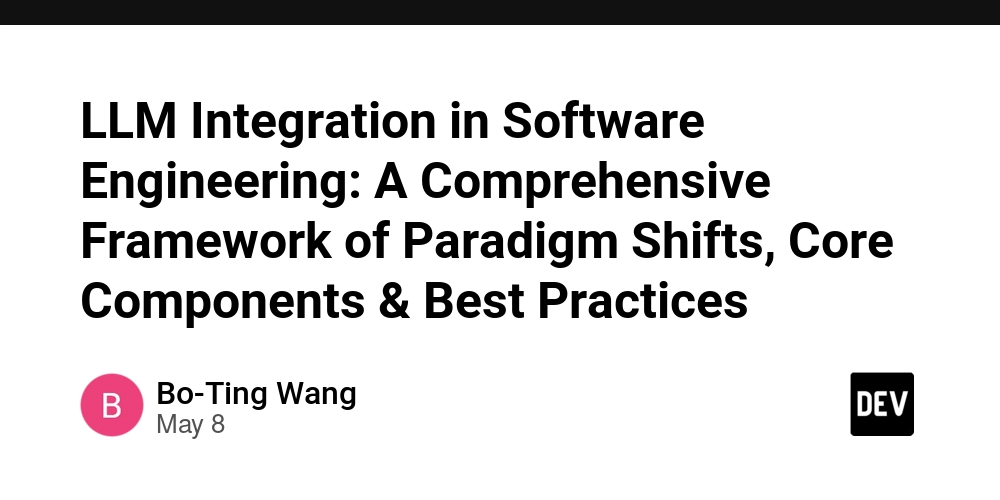











































































































































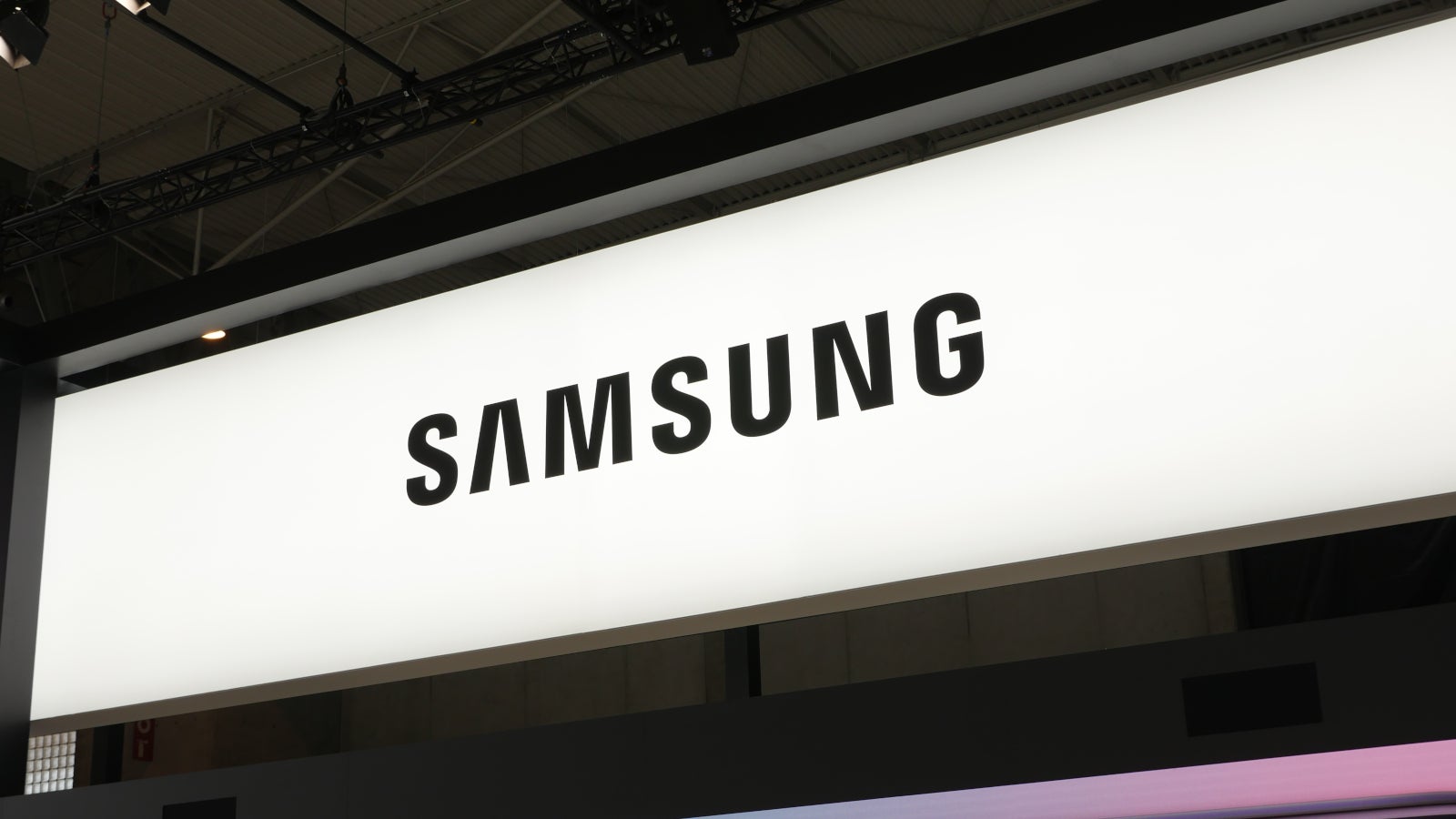


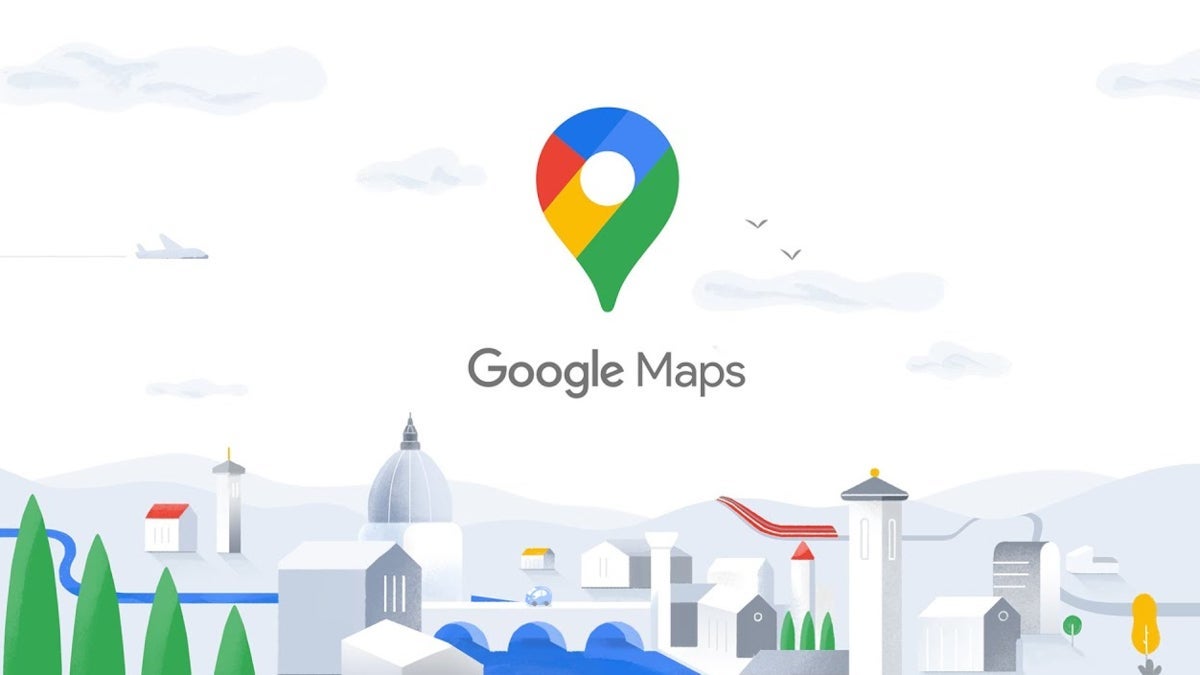




































































































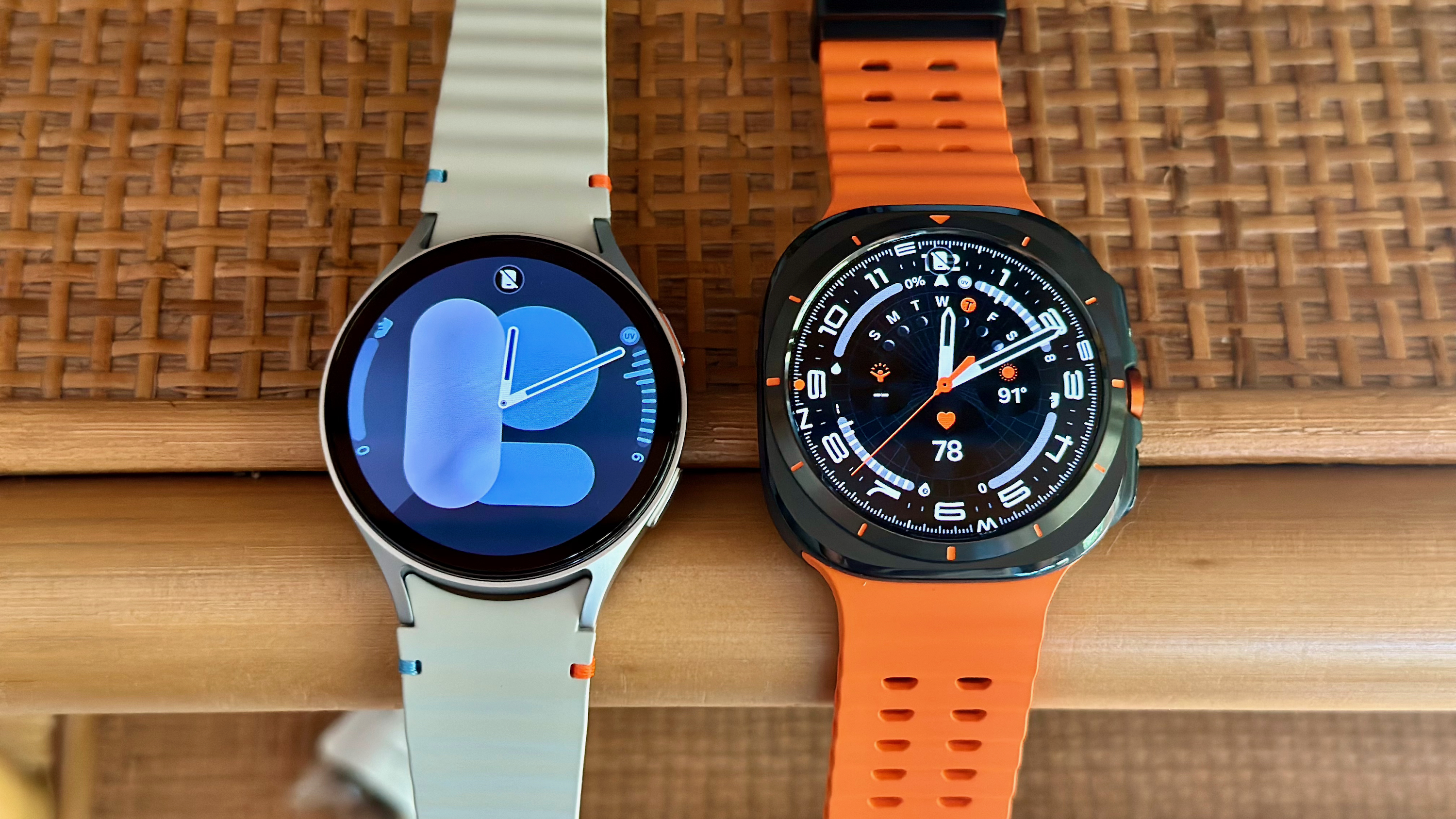


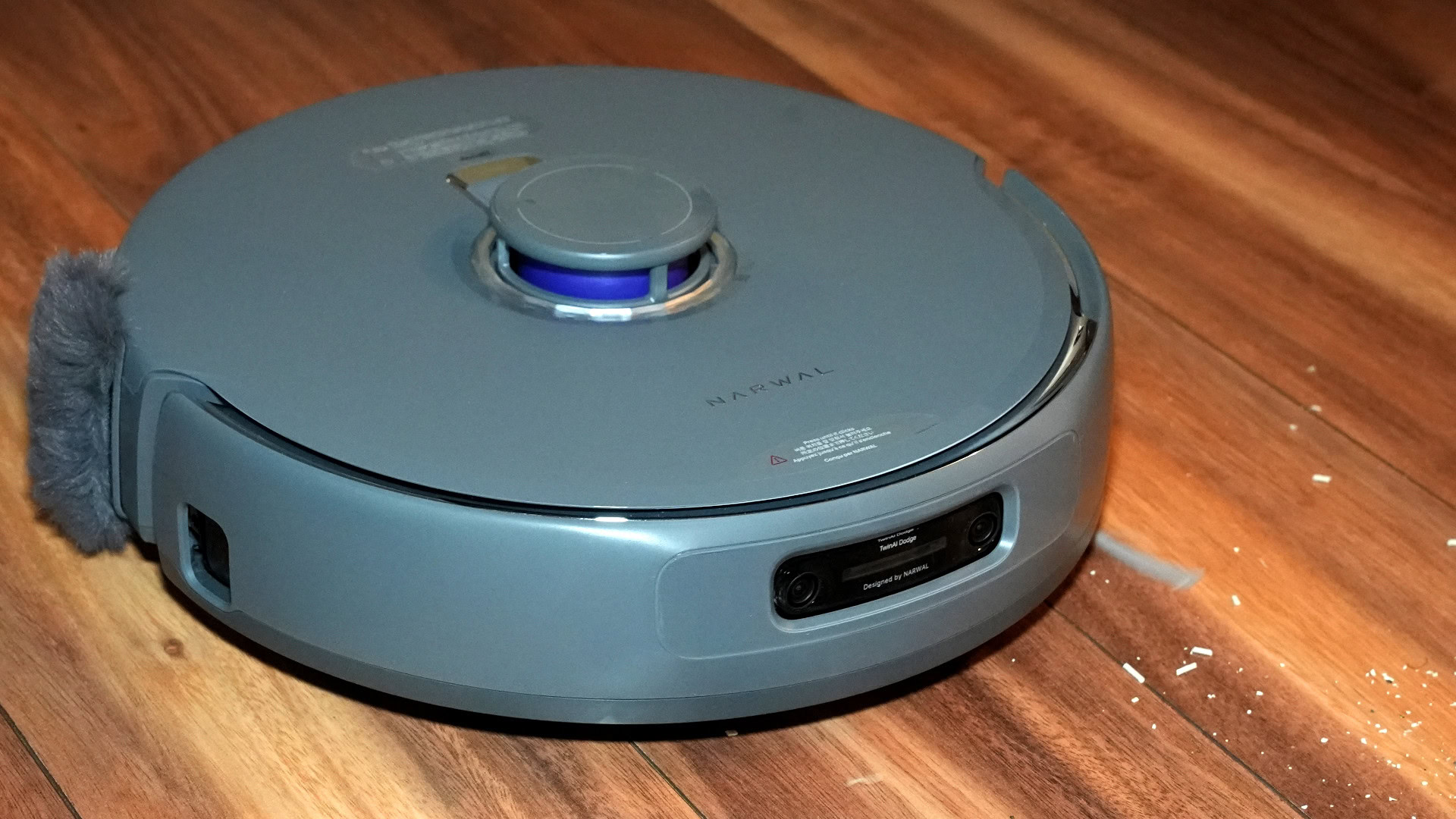



















![Beats Studio Pro Wireless Headphones Now Just $169.95 - Save 51%! [Deal]](https://www.iclarified.com/images/news/97258/97258/97258-640.jpg)





















































